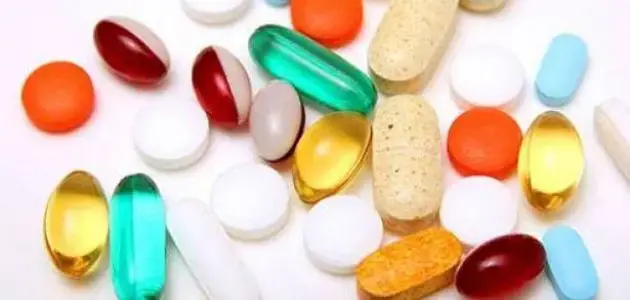What Is Vitamin D3?
Vitamin D3 is the only vitamin your body can make on its own when your skin is exposed to sunlight—specifically UVB rays. It’s made by converting a compound in the skin called 7-dehydrocholesterol into active vitamin D3. This vitamin plays a major role in overall health, especially when it comes to keeping your bones strong. It also acts more like a hormone, helping regulate calcium and phosphorus levels and supporting bone metabolism.
Main Sources of Vitamin D3
Sunlight
Sun exposure is the main way our bodies get vitamin D3. Just 15 minutes in the sun can do the trick, but a lot of people still fall short—especially if they spend most of their time indoors or use a lot of sunscreen.
Foods
You can also get vitamin D3 from certain foods like beef, liver, eggs, cheese, bread, fortified milk and orange juice, and fatty fish like salmon and sardines. Fish oil—especially cod liver oil—is another great source. Doctors often recommend getting between 2,000 and 5,000 IU per day, depending on your needs.
Supplements
Vitamin D3 supplements are widely available and can help if you're not getting enough through food or sunlight. Just make sure to talk to a doctor first, especially if you’re taking other medications, to avoid any interactions.
Why Vitamin D3 Matters
- Helps your body absorb calcium and bind phosphorus, which strengthens bones and muscles.
- Boosts mood and supports emotional balance by helping regulate neurotransmitters.
- Promotes healthier hair and skin.
- May reduce the risk of multiple sclerosis.
- Can help manage or reduce the effects of chronic diseases like diabetes, high blood pressure, breast and colon cancer, and heart disease.
- Supports dental health by strengthening your teeth.
- Helps regulate and support healthy cell growth.
- Protects the brain from harmful chemical toxins.
Why You Might Be Low on Vitamin D3
- Using high-SPF sunscreen can block your skin from making enough vitamin D.
- As you get older, your skin becomes less efficient at producing vitamin D from sunlight.
- Poor diet—especially one that lacks seafood—can also contribute to low levels.
Signs You Might Be Deficient
You can find out if you’re low on vitamin D3 with a simple blood test. Here are some symptoms that might suggest a deficiency:
- Dry skin and skin issues like acne, wrinkles, or fine lines.
- Thyroid dysfunction.
- Muscle cramps, blood vessel constriction, and high blood pressure.
- Frequent headaches or migraines.
- Mental health issues like depression, anxiety, insomnia, or even more severe conditions like schizophrenia.
- Bone problems like rickets, osteoporosis, or frequent fractures.
- Trouble focusing or poor memory.
- Muscle weakness.
- Chronic lower back pain, especially in women.
- Hair thinning or excessive hair loss.
- Joint pain, especially in the knees.
- Bone deformities or growth issues in children.
- Obesity.
- Constant fatigue and low energy.
Leave a comment
Your email address will not be published. Required fields are marked *




